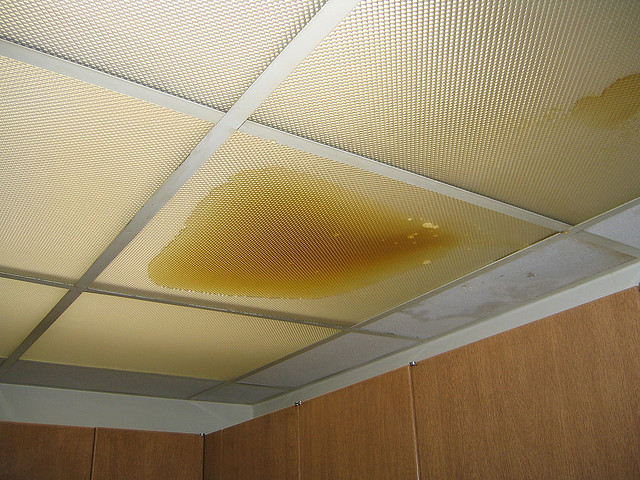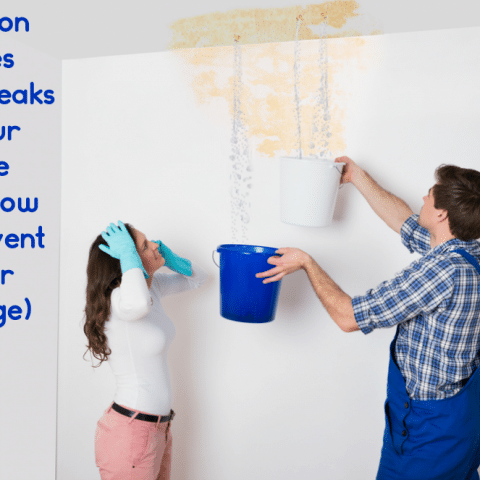Have you been on the lookout for critical info concerning Top leak detection hacks?

Early discovery of dripping water lines can reduce a prospective catastrophe. Some little water leaks may not be noticeable.
1. Analyze the Water Meter
Every residence has a water meter. Inspecting it is a guaranteed way that helps you uncover leaks. For beginners, turn off all the water resources. Guarantee no person will purge, make use of the tap, shower, run the cleaning machine or dishwasher. From there, go to the meter as well as watch if it will change. Given that nobody is utilizing it, there ought to be no movements. If it relocates, that suggests a fast-moving leakage. If you discover no modifications, wait an hour or two and examine back once again. This implies you may have a slow leak that can even be below ground.
2. Check Water Intake
If you identify abrupt changes, in spite of your consumption being the exact same, it means that you have leaks in your plumbing system. An abrupt spike in your costs shows a fast-moving leak.
On the other hand, a constant boost every month, despite the same habits, shows you have a slow-moving leakage that's likewise gradually intensifying. Call a plumber to completely check your property, specifically if you feel a cozy location on your flooring with piping beneath.
3. Do a Food Coloring Test
30% comes from commodes when it comes to water intake. Test to see if they are running effectively. Drop specks of food shade in the container and wait 10 mins. If the shade in some way infiltrates your bowl during that time without flushing, there's a leak between the storage tank and also dish.
4. Asses Outside Lines
Don't neglect to examine your outside water lines too. Ought to water seep out of the connection, you have a loosened rubber gasket. One small leak can lose bunches of water and increase your water bill.
5. Examine and Evaluate the Scenario
Home owners ought to make it a behavior to check under the sink counters and also also inside closets for any kind of bad odor or mold and mildew development. These 2 warnings show a leakage so punctual interest is needed. Doing routine examinations, also bi-annually, can save you from a significant trouble.
More significantly, if you recognize your home is currently old, maintain a watchful eye on your heaters, hoses, pipelines etc. Look for stainings and also deteriorating as many appliances as well as pipelines have a life span. They will also naturally degrade because of tear and also use. Do not wait for it to rise if you think leaking water lines in your plumbing system. Call a professional plumber immediately so you don't end up with an awful mess in your home.
Early detection of leaking water lines can mitigate a possible disaster. Some little water leaks might not be noticeable. Examining it is a surefire way that helps you uncover leakages. One tiny leak can lose bunches of water and also increase your water costs.
If you suspect dripping water lines in your plumbing system, do not wait for it to rise.
WARNING SIGNS OF WATER LEAKAGE BEHIND THE WALL
PERSISTENT MUSTY ODORS
As water slowly drips from a leaky pipe inside the wall, flooring and sheetrock stay damp and develop an odor similar to wet cardboard. It generates a musty smell that can help you find hidden leaks.
MOLD IN UNUSUAL AREAS
Mold usually grows in wet areas like kitchens, baths and laundry rooms. If you spot the stuff on walls or baseboards in other rooms of the house, it’s a good indicator of undetected water leaks.
STAINS THAT GROW
When mold thrives around a leaky pipe, it sometimes takes hold on the inside surface of the affected wall. A growing stain on otherwise clean sheetrock is often your sign of a hidden plumbing problem.
PEELING OR BUBBLING WALLPAPER / PAINT
This clue is easy to miss in rooms that don’t get much use. When you see wallpaper separating along seams or paint bubbling or flaking off the wall, blame sheetrock that stays wet because of an undetected leak.
BUCKLED CEILINGS AND STAINED FLOORS
If ceilings or floors in bathrooms, kitchens or laundry areas develop structural problems, don’t rule out constant damp inside the walls. Wet sheetrock can affect adjacent framing, flooring and ceilings.
https://www.servicemasterbyzaba.com/blog/how-to-detect-water-leakage-in-walls/

I found that blog entry about Finding hidden leaks while browsing the search engines. Don't hesitate to take the time to distribute this blog if you appreciated it. I treasure reading our article about Detecting hidden plumbing leaks.
Instant Quote
Comments on “6 Proven Tricks for Detecting Hidden Water Line Leaks”